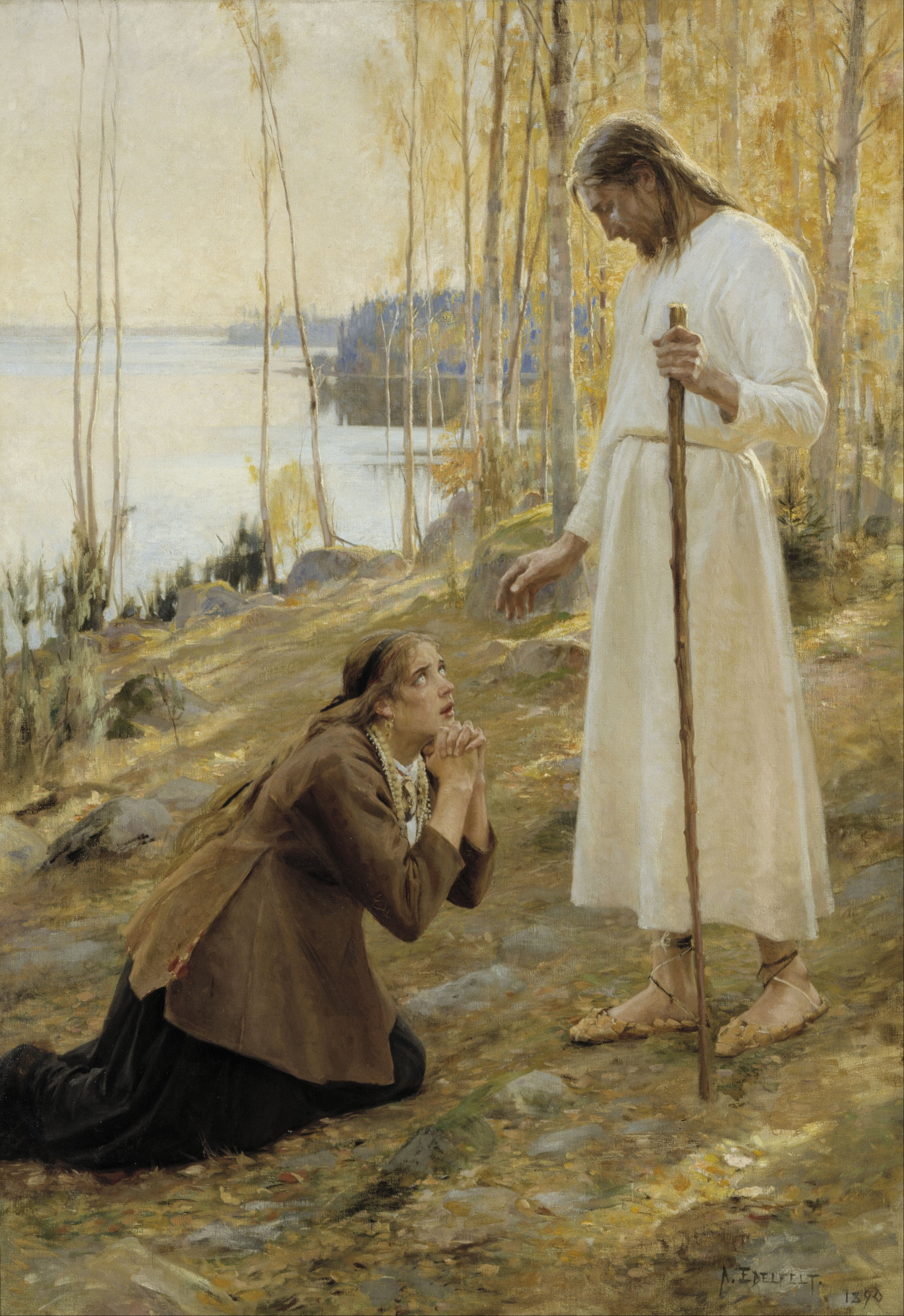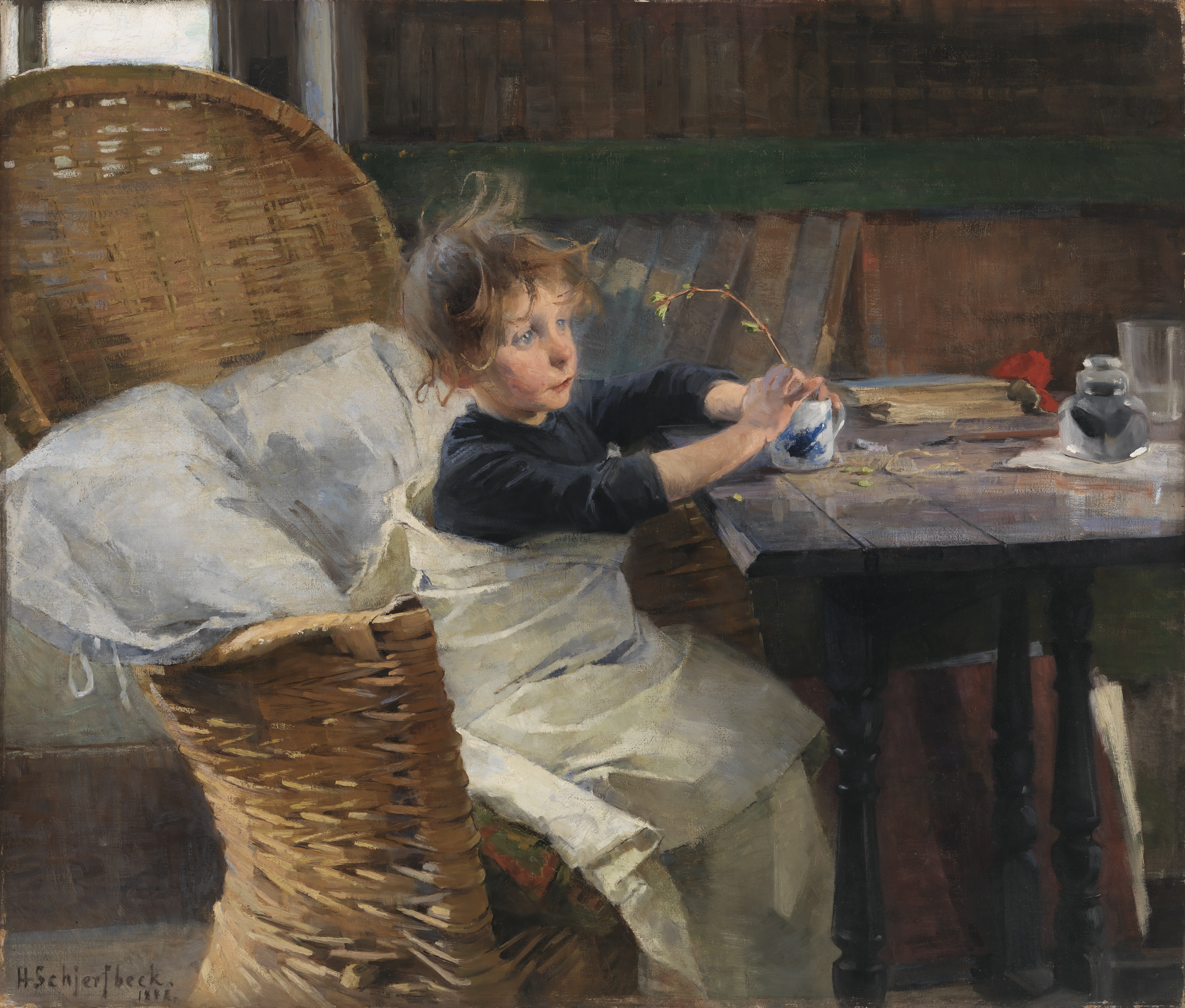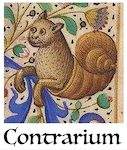In Finland: between Art, Industry and Nature
My experience in Finland is turning out to be very different from the one in Sweden last year, and not just because of the different seasons. While superficially both places seem to resemble each other (a small village somewhere lost in the woods, near lakes), the similarities end there. Björkö was, or seemed, lonelier and wilder. While I never really saw a lynx around there, the possibility wasn’t completely far-fetched.
Here in this small Finnish town, nature is more curated. There are forests and lakes, sure, and hares and all kinds of birds, but also a paper mill that uses timber from the forest and the water from the lakes as its main raw materials. It was built here last century by Finnish magnate Gustaf Serlachius, even though today it belongs to another multinational company. It was the cellulose industry that put this small town in the map. In fact, I am not sure the city even existed before the paper mill.
Its founder, Gustaf Serlachius, along with his nephew and heir Gösta Serlachius, was a great patron of the arts, and that is why there are not just one but two museums in this small town, which started from their private art collection. There is also a arts residency program and an art festival, which is unusual for such a small village. But the paper factory makes a lot of money — they had a boom thanks to the toilet paper sales during Covid — and they must spend it somehow.
As part of the residency program, I am staying in a little house right next to the Gösta Serlachius Museum with its beautiful gardens, a forest and a lake nearby, and, not far away, on the other side of the forest, the paper mill.
The Museum is surprisingly interesting, especially its classic collection. I suppose not many people are familiar with Finnish artists (I know I wasn’t until very recently), so here’s a basic primer about Finnish art.
Albert Edelfelt is perhaps the first name worth mentioning. Born in Finland in 1854 from Swedish parents, he studied and lived in Paris, like many artists of the time. In a short time he became famous enough to be commissioned to paint a portrait of French scientist Louis Pasteur and, in 1896, of the Russian Czar Nicholas II — yes, the one who was later murdered, together with all his family, by the bloodthirsty Bolsheviks. It is worth remembering that the time, Finland was a self-governing Duchy that was part of the Russian Empire, who had wrestled it from the Swedish Empire. Finland has been independent since 1917, thanks in part to the Russian Revolution that put an end to the Russian Empire.
But my favourite work by Edelfelt is a painting of a Finnish Mary Magdalene kneeling before a Finnish Jesus, in a very Finnish landscape (that ain’t Galilee). It is based on the poem “Mataleenan vesimatka” (“Magdalene’s journey across the waters”) from the classic Finnish collection of folk poetry Kanteletar. The model for Magdalene was Edelfelt’s servant, who had recently lost her husband (he had drowned in a lake). Apparently, the painter would ask her to think about her deceased husband during the posing sessions, to achieve the right suffering expression.

The second artist worth mentioning is Akseli Gallen-Kallela, the closest that you may find to a Finnish national painter. He was a family friend of Gustaf Serlachius, and painted the most famous portrait of his patron, as well as of his wife and daughter. But he painted many other famous paintings (well, famous in Finland), several of them inspired by the Kanteletar and Kalevala, the Finnish national epics.
Among my favourite paintings by Gallen-Kallela is “The Enchantress”. I saw this painting at the Gösta Museum, standing by itself at the end of a long corridor, and was immediately struck by it. A witchy naked woman holding an apple and a drink beckons you from the end of a corridor in an empty museum… I thought that I had made a photograph of the painting, but turns out I hadn’t. So a few days later I went to the Museum again to take a picture, only to find that it wasn’t there anymore! Something else was on its place. Had it been just a dream, a figment of my imagination, or some kind of witchery? (Which wouldn’t be wholly inadequate for the painting) But after some inquiries, I discovered that it has just been sent on loan to another exhibition.

Helene Schjerfbeck is another important painter from this period. She started as a realist painter. “The Convalescent”, recently voted the second best-loved painting in Finland, is perhaps her most famous work from this period. Later on she changed to a more modernist, sketch-like style, which is perhaps more original, and not bad at all, but I still prefer her earlier work.

Another interesting female painter from this period is Elin Danielson-Gambogi. While initially she — like every other artist of the time — moved to Paris, in 1895 she obtained a scholarship to study in Florence, and a year later she moved to Antignano, in Livorno. There, at 36, she married an Italian painter who was 13 years her junior, and lived most of her life in Italy, painting its people and its landscapes. “After breakfast” (1890) is one of my favourite paintings of hers.

Hugo Simberg, from a slightly later period, is another relevant Finnish painter, associated, like Gallen-Kallela, with the Symbolist movement. His “The Wounded Angel” was voted as Finland’s favourite painting in the poll mentioned before. But I think I prefer “Sheep Girl” (1913).

Finally, we should mention Eero Järnefelt, whose striking painting “The Wage Labourers (Brush wood burning)” (1893) caused a big discussion at the time for its unromantic depiction of the suffering poor. It is also at the Gösta Museum.

I visited Helsinki briefly today — I will write about it later on — and as I was going back to the train station I saw that there is currently an exhibition of Albert Edelfelt at the Ateneum, so it might be a good excuse to visit the city again.

My husband and I both agree with you, Tom… while The Wounded Angel is worthy of accolades, The Sheep Girl is a much more haunting painting. The expression on the girl’s face really stays with you. Thanks for the virtual art museum tour!